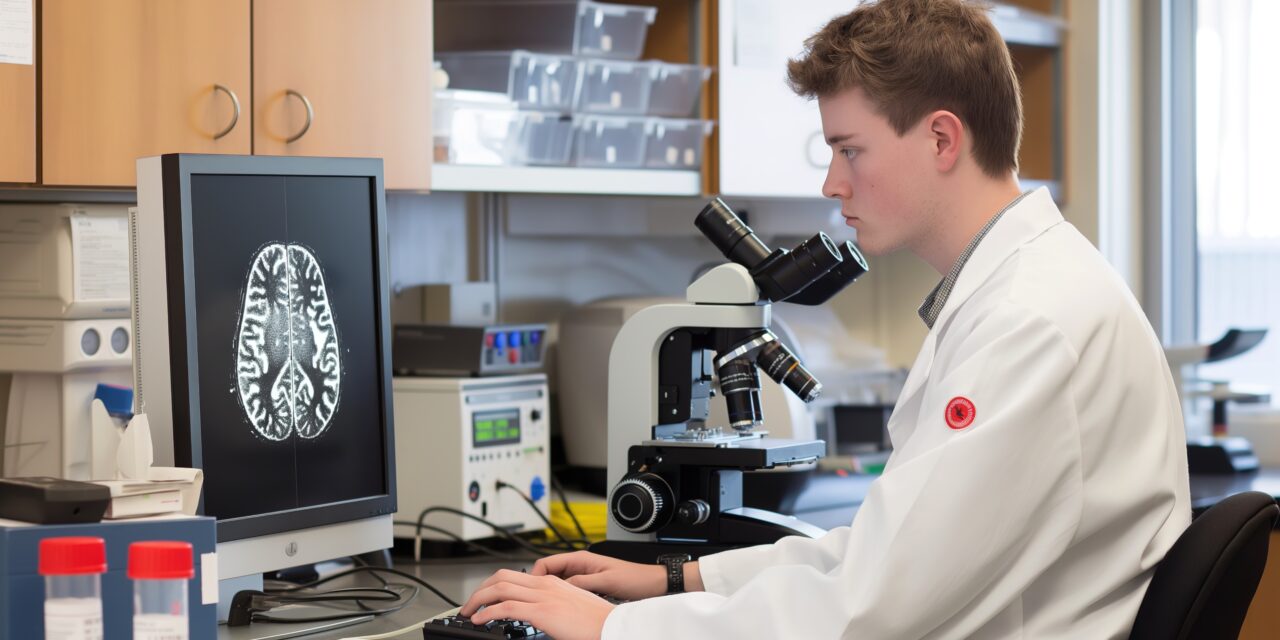New Developments in Autism Research

by Annette Pinder
According to the Autism Science Foundation, recent autism research highlights the complexity of ASD, exploring links between genetics, brain structure, and early development, with studies suggesting that genes and early brain overgrowth play a role in ASD severity and potential for change over time. Here’s a breakdown of some recent findings and research regarding autism spectrum disorder (ASD):
Genetic Links and Mechanisms
- Identifying Specific Genes: According to therapyworks.com and autismspeaks.org, studies have identified specific genes associated with ASD risk, including DDX53 and others found through large-scale genome analysis.
- Genetic Variants and Their Impact: NIH research indicates that rare, inherited genetic variants, especially those in noncoding segments of genes, can contribute to ASD development.
- Molecular Pathways: ScienceDaily reports that scientists are working to understand how genetic variations affect brain development and function, leading to the discovery of molecular pathways involved in ASD.
- Gene-Targeted Therapies: Advances in genetics are paving the way for the development of gene-targeted therapies, offering hope for more personalized interventions.
Brain Structure and Function
- Embryonic Brain Growth: University of California researchers believe that an unusually large brain in the early stages of development may indicate the severity of ASD.
- Neural Circuitry: Studies show that autistic brains are “differently wired,” with atypical numbers of brain cells in key areas, impacting social and cognitive processes.
- Cerebellum’s Role: The cerebellum, previously thought to be primarily involved in motor functions, is also implicated in social-cognitive processes in autism.
- Brain-Computer Interfaces: Researchers are investigating the potential of brain-computer interfaces to help individuals with autism improve communication and interaction.
Early Intervention and Diagnosis
- Hearing Tests and Early Detection: NIH.gov says routine hearing tests in newborns may help identify potential ASD indicators, enabling early intervention.
- Brain Responses to Speech: NIH research suggests that differences in brain responses to speech, particularly “motherese” speech, can be used to diagnose autism in toddlers.
- Maternal Serotonin Levels: Elevated maternal serotonin levels are associated with a higher risk of ASD in children with multiple common genetic or environmental factors.
- Focus on Change: Researchers are also exploring the ability to make gains or show potential for change over time, correlated with differences in brain structure.
Holden Thorp, editor in chief of Science, and a professor of chemistry and medicine at George Washington University says the rise in autism of one in 36 children, up from four in the 10,000 in the 1980s is a result of greater awareness and better identification. Thorp, who was diagnosed with autism at age 53, believes his neurodiversity has made him a better scientist. He also says reexamining vaccines as a cause of autism is a waste of time and a dead-end road that has already been disproven, and which will only result in greater vaccine hesitancy.
Learn more at https://www.nimh.nih.gov/news/science-updates/autism-spectrum-disorder-asd and at https://autismsciencefoundation.org/autism-research-in-2022.











